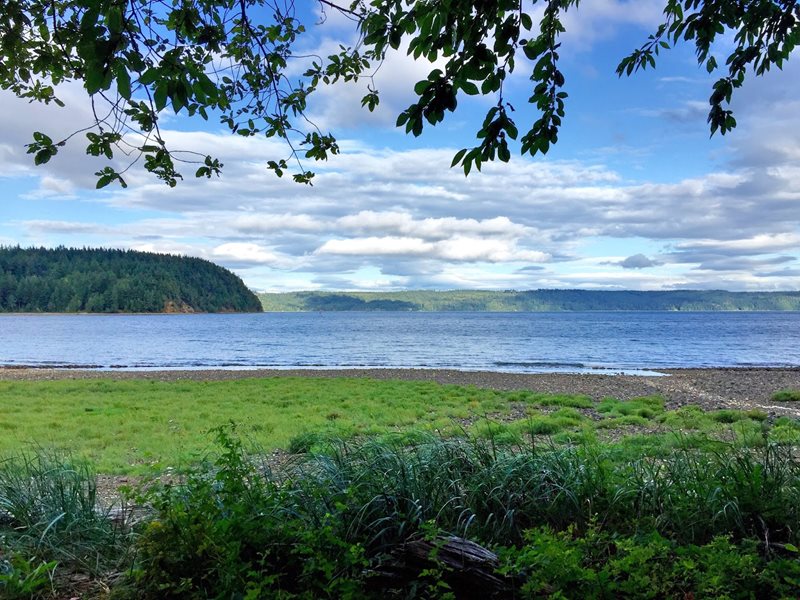
Some important things to know to understand this petition
A wasteload allocation is a TMDL term that refers to numeric limits placed on point source discharges of pollution. Point source pollution most commonly refers to the permitted discharge of polluted water out of the end of a pipe.
Denying the petition
Using sound science to shape our actions
This is when scientists expanded our scientific model to the Strait of Juan de Fuca and Canadian waters to develop the Salish Sea Model. A circulation and water quality model of this size and complexity takes time to build correctly. It has been through extensive peer review by other scientists and engineers to make sure it gives us accurate results. We and Pacific Northwest National Labs have worked hard to build the technical tool to grapple with and understand the nutrient issue in Puget Sound.
Working to address the nutrient problem in Puget Sound
We finished several pieces of the Salish Sea Model in 2017. These pieces improve the model’s skill and predictive power. We also spent the year communicating what we know and understand about the nutrient problem from current data analysis using the Salish Sea model.
Tackling nutrients in 2018
As we continue technical analyses in the coming year, we will begin developing a strategy that can be implemented to address nutrients in marine water quality.
Washington state and the U.S. Environmental Protection Agency (EPA) have invested nearly a decade of time and money developing the Salish Sea Model to give us the power to answer one big question:
What impacts are humans having on dissolved oxygen and water quality in the Salish Sea?
We are now ready to apply that model to figure out what actions are needed to reduce nutrients and improve Puget Sound water quality.
Denying the petition but still addressing the problem
While we are denying this petition to put wasteload allocations from a Puget Sound Nutrient TMDL into rule, we will continue to:
- Use the Salish Sea model to determine where treatment technologies that remove nutrients will have the greatest impact on reducing nutrient inputs to Puget Sound.
- Use the Salish Sea model to determine which nutrient reductions are necessary to avoid impaired water quality.
- Evaluate where reducing nutrient inputs from the watersheds that contribute to Puget Sound are necessary.
- Continue our work to reduce non-point sources of nutrient pollution.
- Continue working with agricultural communities to reduce nutrient runoff from farms that can adversely impact shellfish harvest areas.
Earlier blogs:
We want this to be a collaborative effort that brings all of the technical work that is happening on Puget Sound nutrients together. We need all hands on deck to find the best solutions for meeting water quality goals for Puget Sound.
Contact information

